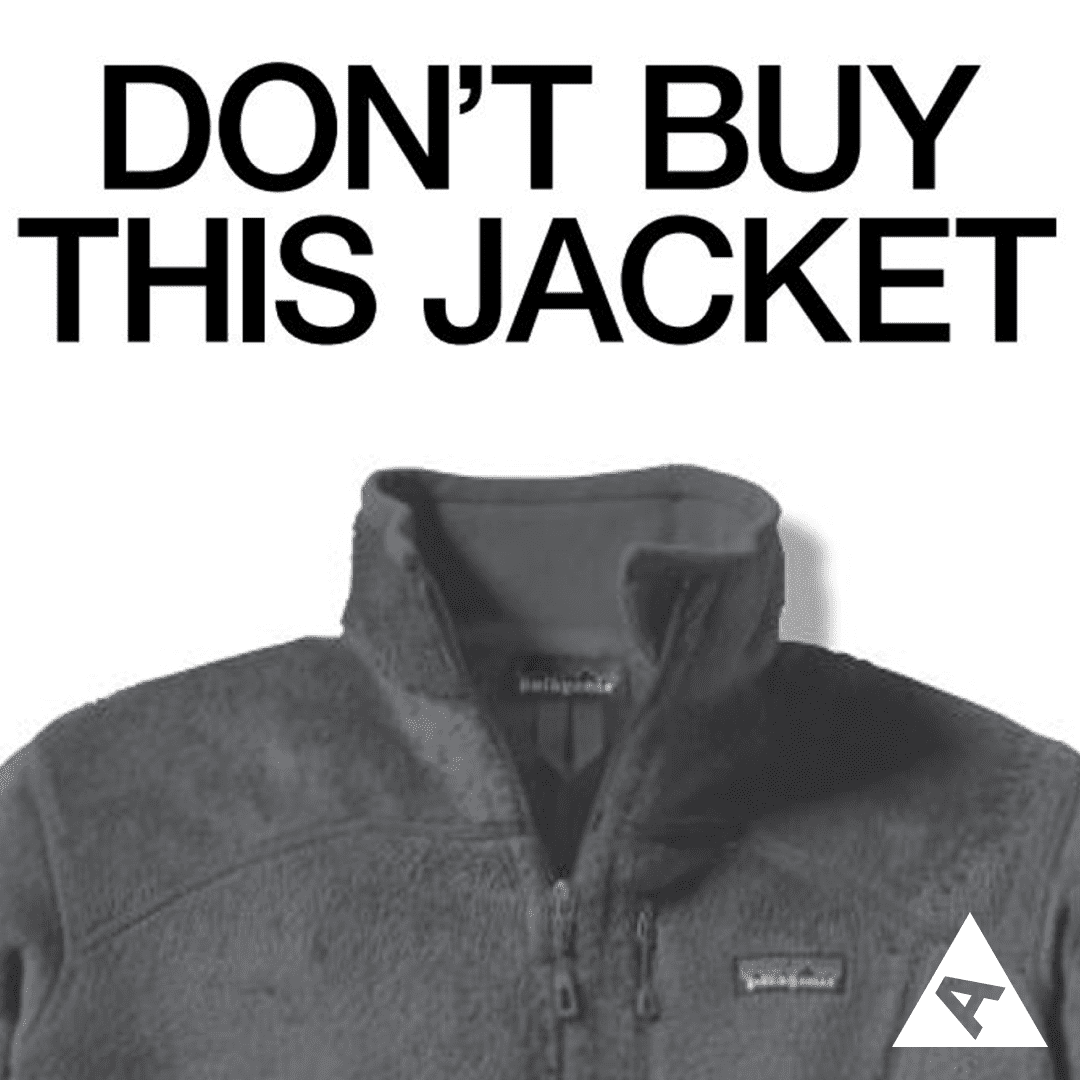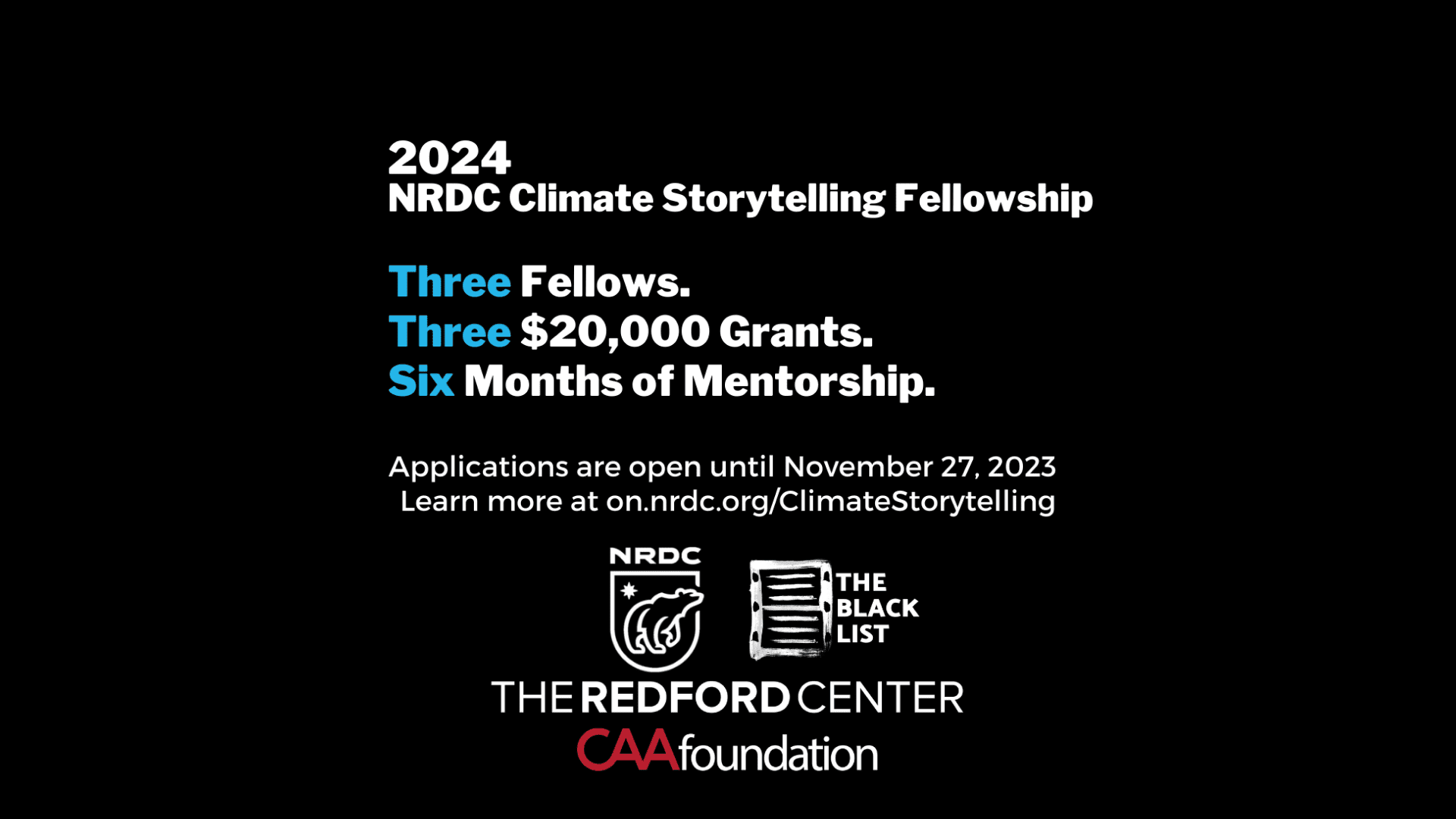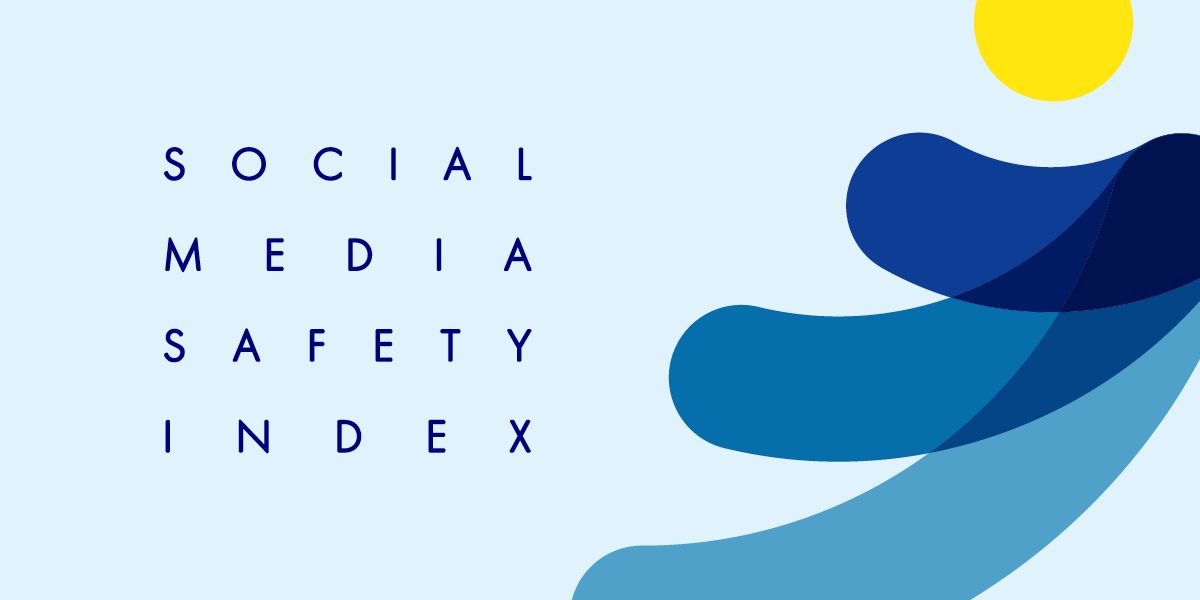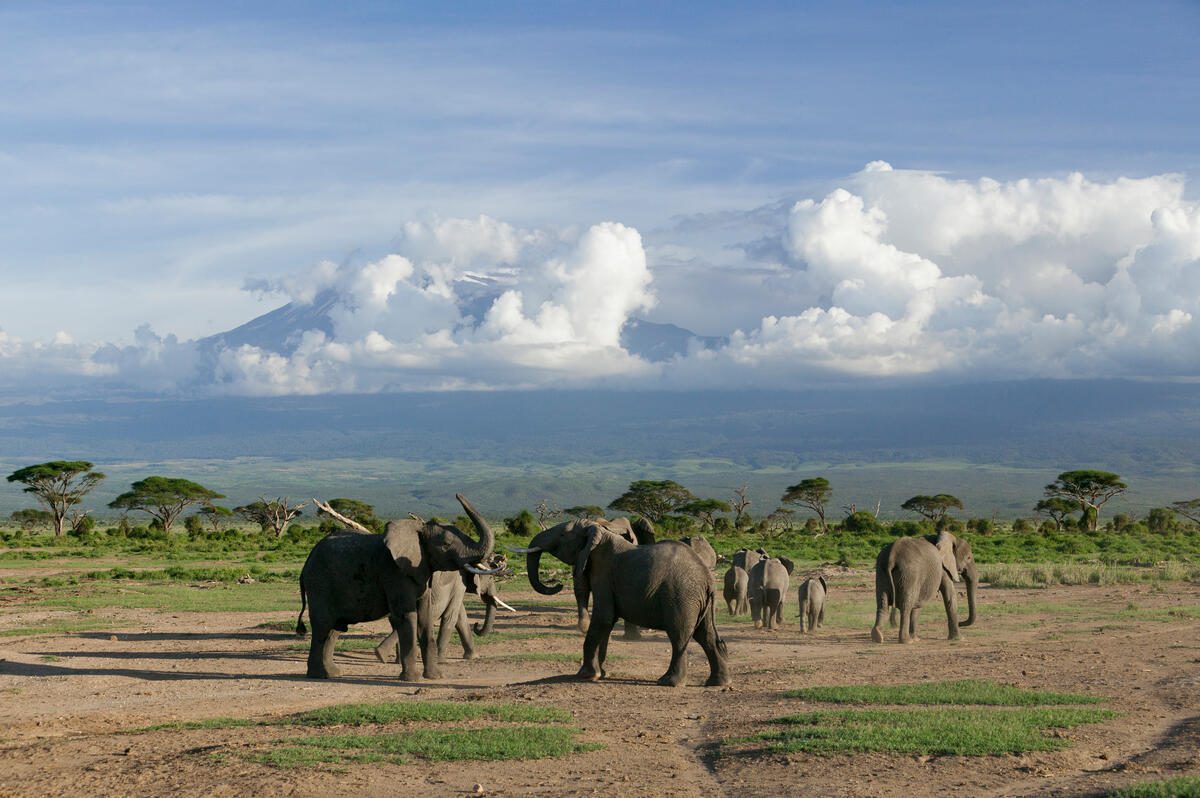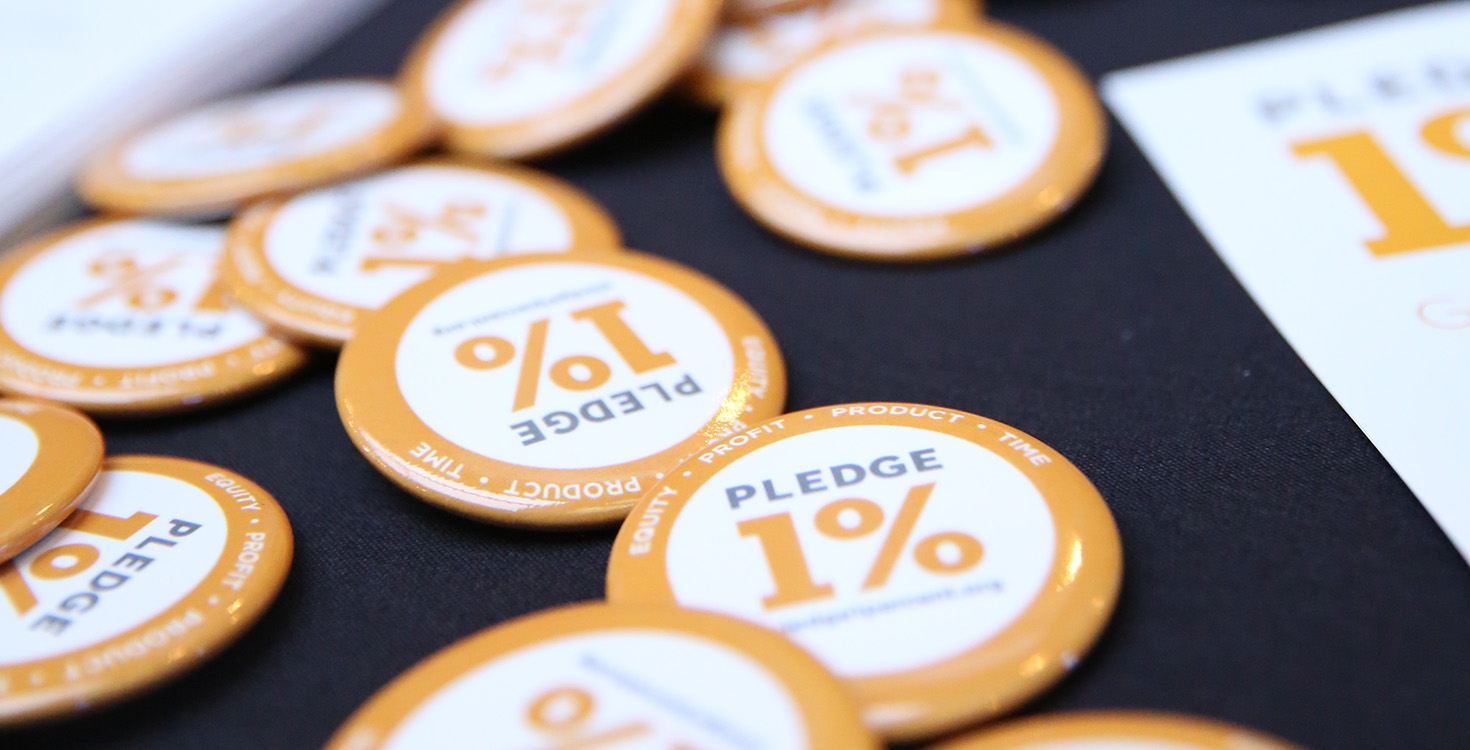World Wildlife Fund’s Love it or Lose it Campaign
Love it or Lose it is a campaign by World Wildlife Fund developed with a unique message for the environmental space — to draw attention to our deep connection to and love of nature. Leading this campaign with the heart creates a sense of real world urgency and puts the emphasis on how much we stand to lose from the problems facing our natural world. Read our Q&A with Terry Macko, SVP of Communications and Marketing at World Wildlife Fund on how to learn more and take action on the climate crises today.
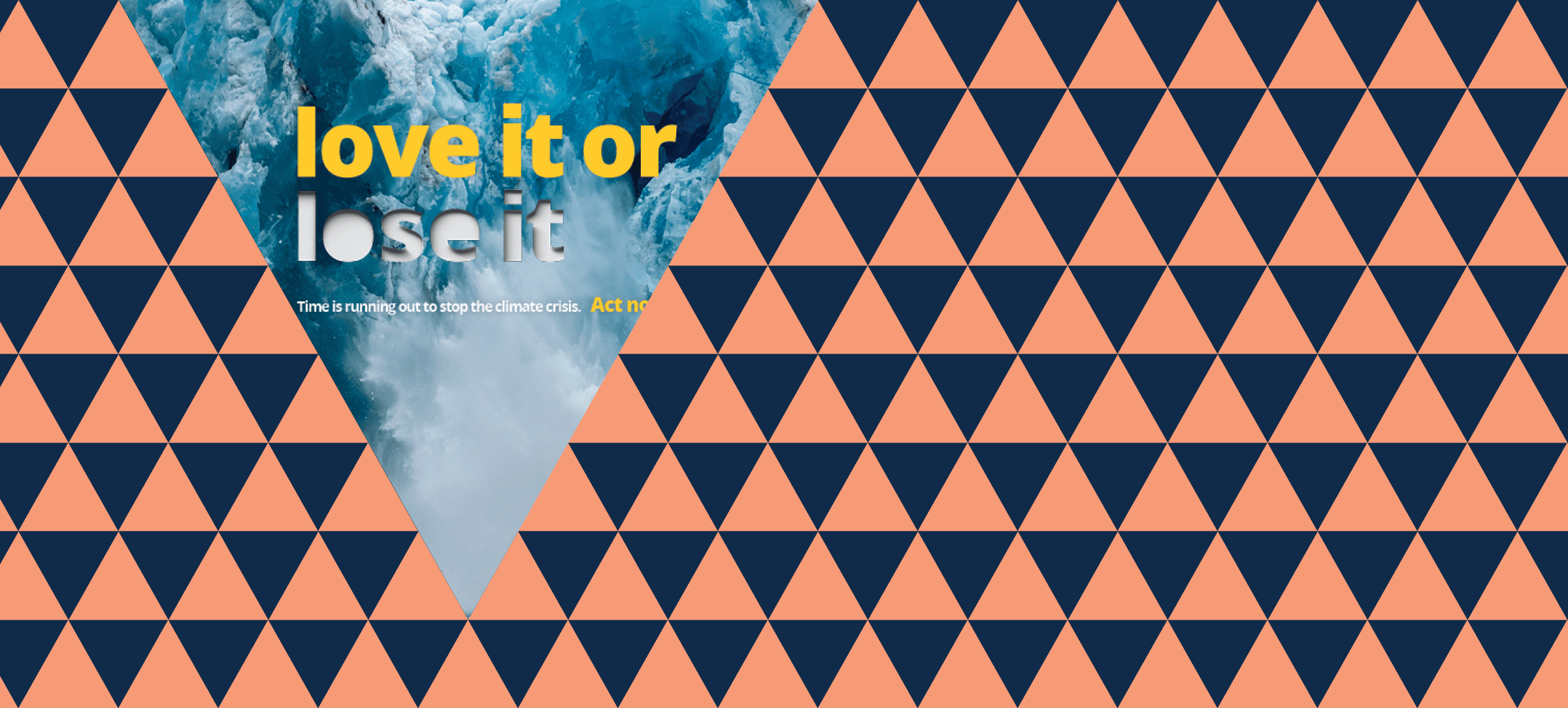
As one of the world’s leading conservation organizations, part of World Wildlife Fund’s mission is to educate people on the loss of biodiversity and the climate crisis, and actions needed to combat these threats. What inspired you to create your Love It or Lose It Campaign?
This year has put into clear focus how much nature provides for us. It has been a haven for many during the pandemic. At the same time, the problems facing our natural world, fires, floods, droughts and heatwaves, are overwhelming. Now, more than ever, we need to urgently do all we can to protect nature.
WWF conducted an analysis of brand taglines in the environmental space and found that the same key words – Earth, Nature, Wildlife and People – were being used across almost every conservation non-profit. In this campaign, we wanted to showcase a new, singular and memorable message – one that was different for us: Love.
We still lead with a message of urgency when it comes to protecting our planet, but this campaign also leads with the heart. Our main message: if we don’t show more love for the natural world, we stand to lose a great deal.
WWF’s “Love it or Lose it” campaign focuses on our deep and vital connection to nature. When we love something, we do everything we can not to lose it.
Love It or Lose It encourages members to symbolically adopt a species that represent nine places under threat. How does symbolically adopting an animal create long-term impact?
We’re losing forests, wildlife, freshwater, and so much more, at unprecedented rates. From the Amazon, the Arctic, to the Eastern Himalayas, protecting these places are at the core of WWF’s conservation work. A symbolic WWF adoption is a simple and impactful way to show your love for nature and wildlife.
Funds from our symbolic adoptions provide general support for our global conservation efforts. And 83% of WWF’s spending is directed towards our global conservation activities.
The campaign’s main call to action is to take a pledge to protect our planet. How does your team help turn those who take a pledge towards long term action against climate change?
Once a supporter tells us they want to do something to help fight climate change, we provide a range of opportunities for them to get involved. Rooted in both personal and collective action, these opportunities include organizing within their local communities to engaging with key federal and global officials.
We recognize that everyone’s capacity and means of fighting climate change can vastly vary, but no one action is too small. Supporters are encouraged to make their voices heard by contacting their representatives regarding important climate legislation and policies, leading or participating in climate rallies and marches, and meeting with leaders and decision makers in their districts and in Washington.
WWF helps to identify these different ways of taking action for our activists and works to support them along the process as much as we can, regardless of what the task may be.
From producing video content for the campaign to online stories, World Wildlife Fund is using storytelling to make biodiversity loss and the climate crisis tangible for audiences. What are the most important narratives or voices that should be included when we are discussing biodiversity loss and climate change?
It’s imperative we include authentic voices from the field where the biggest changes to biodiversity and our climate are happening. Whether its fishers in Madagascar whose livelihoods are being severely threatened due to fish loss in the ocean, or Indigenous communities in the Arctic facing climate change’s harshest threats, listening to their stories and learning from them, is what ultimately drives connection and inspires action.
What other resources does World Wildlife Fund put together to help people show their love, and take action for the planet?
Our How You Can Help page guides the public through various actions they can take: from simple things you can do to make your own environment more sustainable, to supporting WWF’s advocacy work, to raising critical funds for WWF via running a race.
Advocacy begins with awareness: our Wild Classroom initiative connects parents and teachers with tools and resources needed to help kids explore and get inspired by the natural world.
Over the years, many companies and brands alike have been producing creative work to bring awareness to biodiversity loss and the climate crisis. For those who are looking to do the same, what should they do to ensure their efforts go beyond awareness and translate into action?
It starts with making what often seems like insurmountable challenges, personal. And giving people hope. Together, we can solve many of earth’s most pressing challenges. We focus on success stories, like in Namibia, where we have seen nature rebound and wildlife comeback, or the re-emergence of wild tiger populations in Nepal, China, and India. Raising awareness and connecting people with our work often begins with sharing the stories of our frontline partners around the world. Taking complex, overwhelming global issues and shaping them into easily digestible, personal stories, works wonders.
The environmental challenges facing our planet are growing, but so are the solutions to combat them. Sharing stories of hope are vital motivators for us to keep people engaged in our work. Focusing on solutions and where we are working together, across civil society, government and industry, is one of the most powerful ways we can create lasting change.


